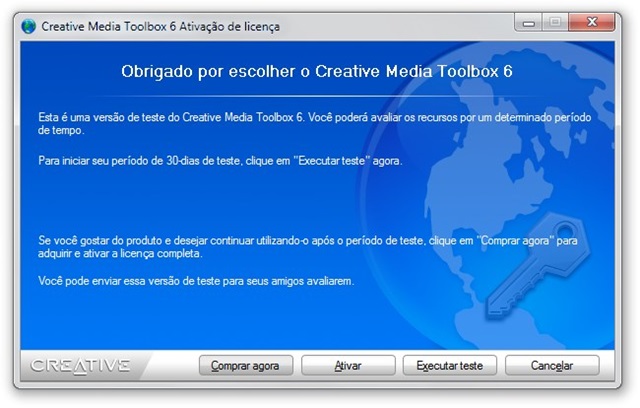

System 1 activity includes the innate mental activities that we are born with, such as a preparedness to perceive the world around us, recognise objects, orient attention, avoid losses - and fear spiders! Other mental activities become fast and automatic through prolonged practice. System 1 “is the brain’s fast, automatic, intuitive approach”.Kahneman’s model divides the mind’s processes into two distinct systems: However, it was not until Daniel Kahneman included the terms system 1 and system 2 in his 2011 bestselling book “Thinking Fast and Slow” that the distinction between automatic and deliberate thought processes became popularised (it is worth noting that he was not the first to use these terms, that honour goes to Stanovich & West in 2000 ) System 1 & 2 - A Refreshįor centuries, philosophers, psychologists, and scientists alike have distinguished between intuitive and conscious reasoning from Decartes’ mind-body dualism in the 17th century to Posner and Synder’s formal depiction of the (first) dual process model of the mind in 1975. We then identify three key misconceptions that have developed following the extensive discussion of system 1 and 2 in the popular media, outlining evidence which ‘debunks’ these myths, improves our understanding, and strengthens our behavioural foundations. We cannot explore new frontiers on unstable footing, and as such we need to investigate how misperceptions about this pivotal theory have arisen over the years.įirstly, we summarise System 1 and 2 as described by Kahneman and other behavioural scientists, before examining the claim that the theory is an oversimplification of the human mind.
#CREATIVE MEDIA TOOLBOX ACTIVATION KEY 2017 SERIES#
At this point in the series we want to take a pause from looking forward to re-establish the foundations that underpin our behavioural science knowledge. This article, the fifth in our series exploring new frontiers in behavioural science, is all about System 1 and System 2 thinking. Nowadays, even if you don’t know anything about behavioural science, you’ve probably heard of Kahneman and would recognise the phrase System 1 and 2’.

This two-system model has been widely adopted due to its simplicity and intuitive nature. Examples of these biases include availability bias and confirmation bias.Īrguably the most famous theory in the behavioural science world was popularised by Nobel Laureate Daniel Kahneman and describes the process of ‘thinking fast and slow’ otherwise known as System 1 and System 2 thinking. Others look at how everyone is wired with inherent pre-dispositions, otherwise known as cognitive biases, that cause us to act in certain ways. Some of these focus on understanding the critical role of context or explore concepts such as anchoring or framing of information. Behavioural science has given us concepts, theories, and frameworks that help make sense of the complexities of human behaviour and how people make decisions.


 0 kommentar(er)
0 kommentar(er)
